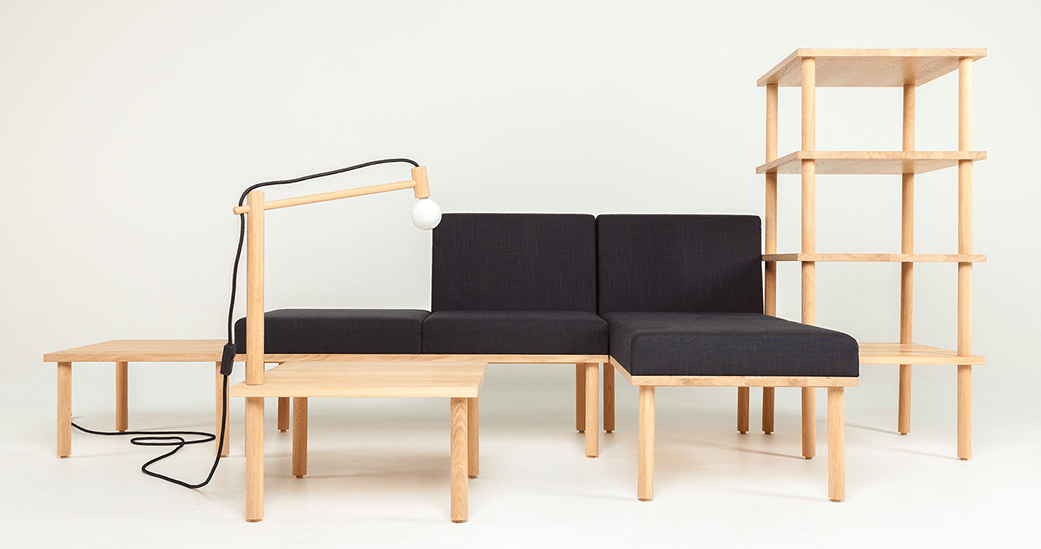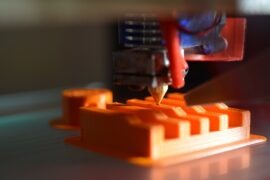Although it’s become a part of everyday life, the use of connecting assemblies through the use of fasteners including glue, nails and screws – particularly furniture designs – isn’t necessarily ‘clean’. While more timeless pieces of furniture might be used for generations and passed down over the years, the surge of cheap flat-pack furniture designs over the years have been flooding landfills for reasons ranging from moving costs to lack of repairability.
But what if these same flat pack designs could be easily disassembled and the material reused? Would the extra effort towards designing an entirely fastener-less assembly pay off in the long run?
Now, a new piece of software from a team of researchers at Nanyang Technological University in Singapore has been developed to automate the process of creating flat pack furniture designs. Ultimately, the software can be used as a tool by designers to create a range of furniture pieces that are free from needing any tools, glue, nails, screws or hinges in order to be assembled.

Called CIRA (Computational Interlocking Furniture Assembly), the software breaks a complex furniture assembly into an overlapping set of small groups, where the parts in each group are immobilized by a local key and adjacent groups are further locked with dependencies.
https://youtu.be/bbygaWMOtFQ
“Furniture typically consists of assemblies of elongated and planar parts that are connected together by glue, nails, hinges, screws, or other means that do not encourage disassembly and re-assembly,” wrote the researchers.
“An alternative approach is to use an interlocking mechanism, where the component parts tightly interlock with one another. The challenge in designing such a network of interlocking joints is that local analysis is insufficient to guarantee global interlocking, and there is a huge number of joint combinations that require an enormous exploration effort to ensure global interlocking.”

This isn’t the first time a ‘key’ has been used to hold assemblies together; the clever method of holding together multiple parts with a single unique part has been used in everything from centuries-old furniture designs to more modern hand puzzles. The difference here is that the software automates this feature into the design.
With the recent surge of interest surrounding desktop CNC machines such as the X-Carve from Inventables, could this be the beginning of a true ‘print at home’ IKEA?
Although the full paper – which is likely to include the software’s application in the greater marketplace – is yet to be published, the researchers will be showing off the new software at the upcoming SIGGRAPH 2015 Conference in Los Angeles this coming August.




![6 Types of Civil Engineering Drawings [Detailed Guide]](https://www.solidsmack.com/wp-content/uploads/2023/12/Civil-Engineering-Drawings-270x180.jpeg)

